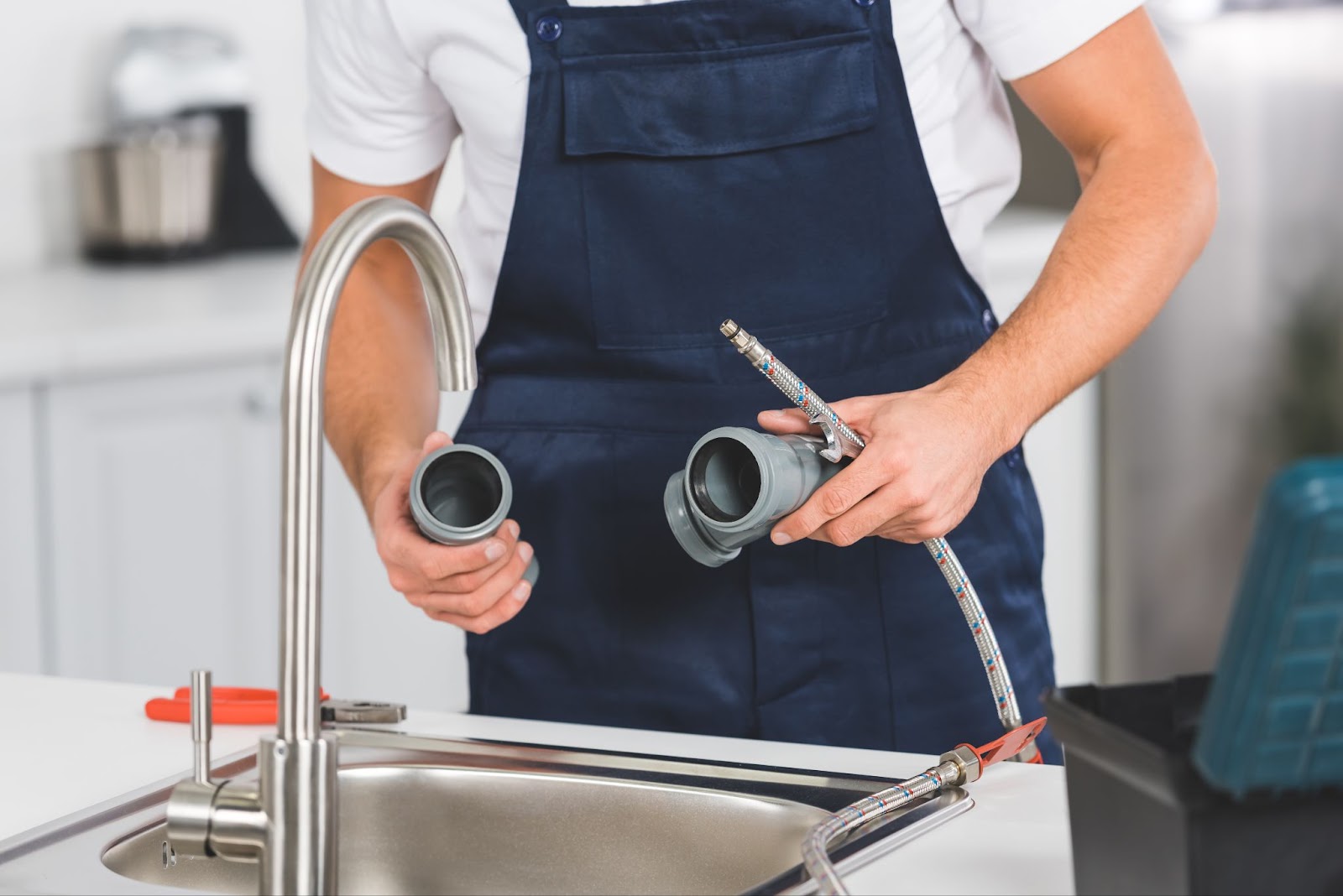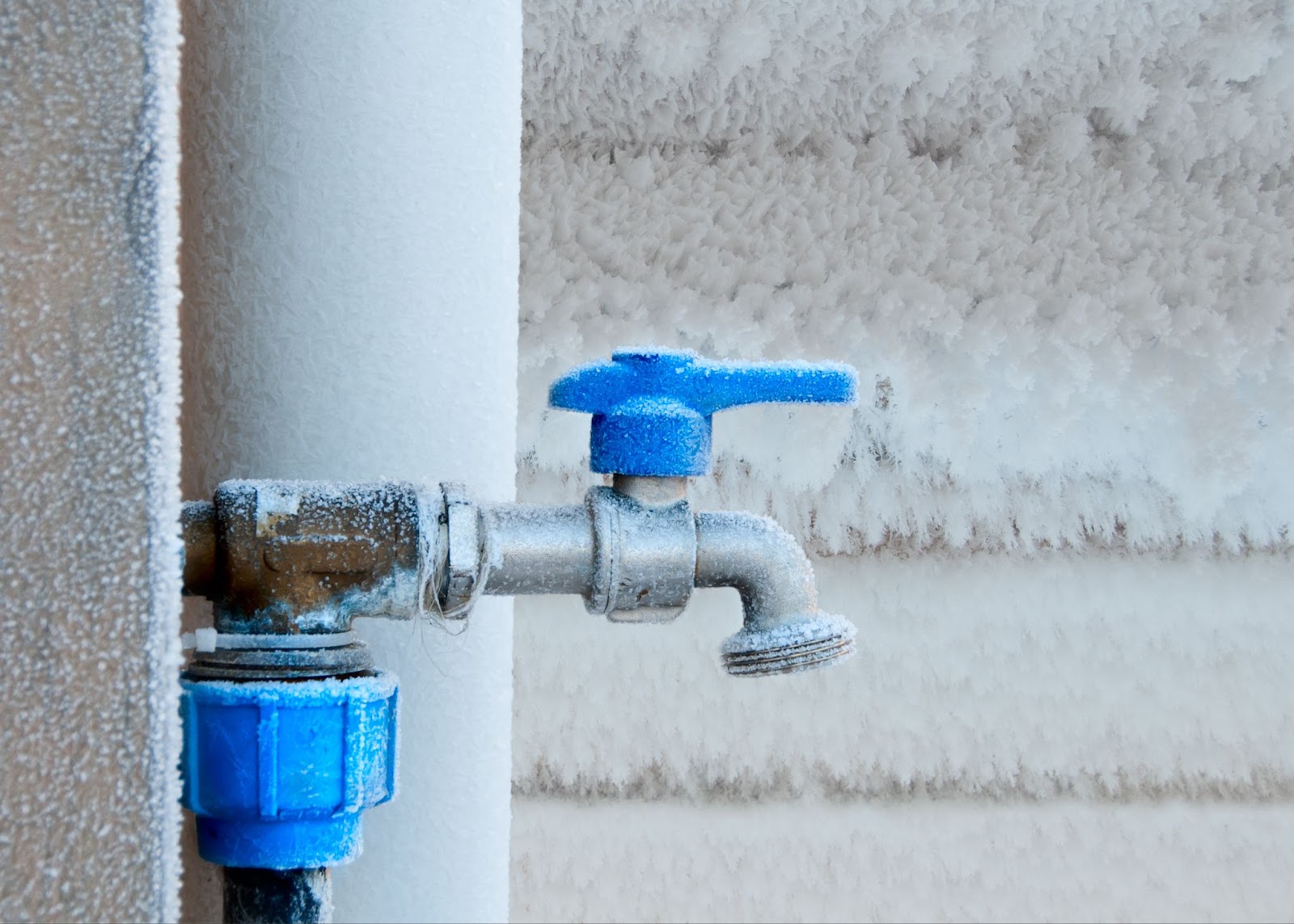
Common Home Plumbing Problems and How to Solve Them
Plumbing issues can be a homeowner’s nightmare, disrupting daily life and causing stress and inconvenience. These problems can range from minor annoyances to major emergencies if left unattended, from leaky faucets to clogged drains. However, with the right knowledge and timely intervention, many common plumbing problems can be resolved efficiently, restoring peace of mind and functionality to your home. Taking proactive steps to address plumbing issues can prevent costly repairs and ensure the smooth operation of your household plumbing system for years to come.
Fixing Plumbing Problems on Your Own
With a little knowledge and some basic tools, many plumbing problems can be solved quickly and efficiently without the need to call a professional. In this article, we’ll explore some of the most common home plumbing problems and provide practical solutions for tackling them.
For more complex plumbing issues, it’s best to hire a professional. Going the DIY route can cost you more in the long run.
Common Types of Plumbing Problems
Addressing plumbing problems promptly can prevent water damage, save money on utility bills, and maintain the integrity of your plumbing system. Common plumbing problems include:
Leaky Faucets
Leaky faucets are not only annoying but can also waste a significant amount of water if left untreated. The most common cause of a leaky faucet is a worn-out washer, which can easily be replaced. Other times, it is just better to have the faucet replaced altogether.
To fix a leaky faucet, start by turning off the water supply to the affected faucet. Next, remove the handle and the escutcheon plate to access the valve assembly. Replace the old washer with a new one of the same size and reassemble the faucet. If the leak persists, there may be other issues such as corroded pipes or loose fittings, which may require professional attention.
Clogged Drains
Clogged drains are another common plumbing problem that can occur in sinks, showers, and bathtubs. A buildup of hair, soap scum, food particles, or other debris usually causes them. Many homes are plagued by this sort of problem and is never resolved satisfactorily.
One of the simplest ways to unclog a drain is by using a plunger. Place the plunger over the drain and apply firm pressure to create a vacuum, then quickly pull up to dislodge the blockage. For stubborn clogs, you can try using a drain snake or a mixture of baking soda and vinegar followed by hot water to dissolve the obstruction. Regularly cleaning drains with a homemade or commercial drain cleaner can also help prevent clogs from forming in the first place.
Running Toilet
A running toilet is not only wasteful but can also cause a significant increase in water bills if left unchecked. The most common cause of a running toilet is a faulty flapper valve, which fails to seal properly and allows water to continuously flow into the bowl.
To fix a running toilet, start by removing the tank lid and inspecting the flapper valve. If it appears worn or damaged, replace it with a new one. You should also check the fill valve and adjust the water level if necessary. If these steps don’t solve the problem, there may be issues with the flush valve or the overflow tube, which may require professional repair.
Low Water Pressure
Low water pressure can make simple tasks like showering or washing dishes a frustrating experience. This problem is often caused by mineral buildup or sediment accumulation in the faucet aerator or showerhead. However, sometimes the cause will be beyond your control.
To improve water pressure, remove the aerator or showerhead and soak it in a mixture of vinegar and water to dissolve any deposits. You can also use a small brush or toothpick to clean out any remaining debris. In some cases, low water pressure may be due to more serious issues such as a leak in the plumbing system or a malfunctioning pressure regulator, which may require professional diagnosis and repair.
Water Heater Issues
A malfunctioning water heater can disrupt daily routines, especially during cold winter months. Common water heater problems include insufficient hot water, strange noises, and leaks.
If you’re experiencing issues with your water heater, start by checking the pilot light or the electrical connections to ensure they are functioning properly. You should also inspect the pressure relief valve and the temperature settings to make sure they are set correctly.
Frozen Pipes
Frozen pipes are a common issue, especially in colder climates or during extreme winter weather conditions. When water freezes inside pipes, it can cause them to expand and potentially burst, leading to costly water damage.
To prevent frozen pipes, insulate exposed pipes in unheated areas such as basements, attics, and crawl spaces. You can use foam pipe insulation or heat tape to provide extra protection. During cold spells, allow faucets to drip slightly to keep water flowing and relieve pressure in the pipes.
Sewer Line Blockages
Sewer line blockages can cause wastewater to back into your home, resulting in foul odors, slow drains, and even sewage backups. Common causes of sewer line blockages include tree roots, grease buildup, and debris accumulation.
If you notice any signs of a sewer line blockage, such as gurgling sounds coming from drains or sewage backing up into toilets or sinks, it’s important to address the issue promptly to prevent further damage.
You can try using a sewer auger or hydro-jetting to clear the blockage yourself, but these methods can be complex and may require specialized equipment. In most cases, it’s best to contact a professional plumber who can safely and effectively diagnose and repair the problem. Additionally, regular maintenance such as sewer line inspections and drain cleaning can help prevent blockages and keep your sewer system running smoothly.
Dealing With Plumbing Problems
While plumbing problems are an inevitable part of homeownership, knowing how to identify and address common issues can save you time, money, and frustration in the long run. By following the tips outlined in this article, you can tackle minor plumbing problems on your own and prevent more serious issues from occurring.
However, if you’re ever unsure about how to fix a plumbing problem or if the problem persists despite your efforts, don’t hesitate to seek professional help. With the right knowledge and resources, you can keep your home’s plumbing system running smoothly for years to come.
Visit our Kerivan-Lane blog to learn more about improving your home plumbing today!

